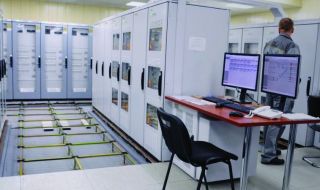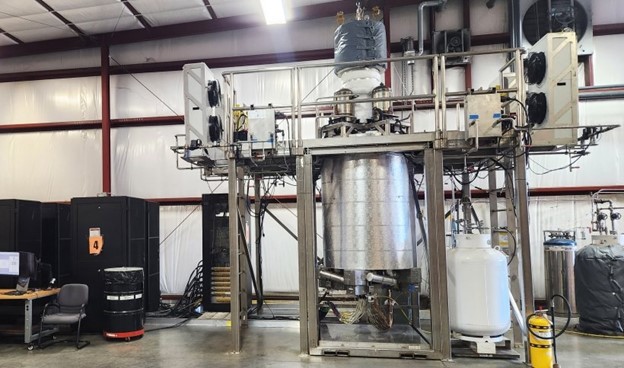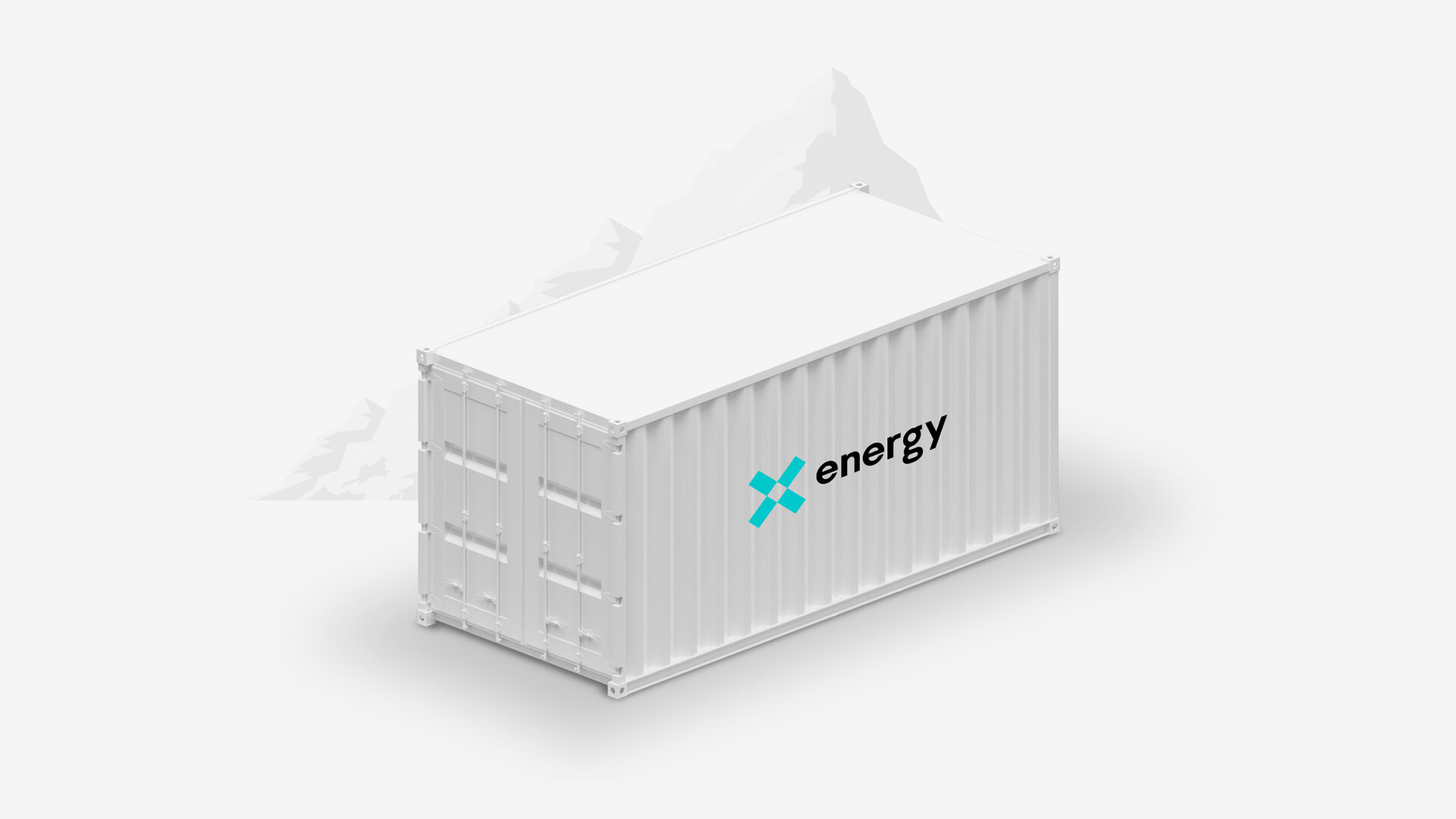The Integrated Effects Test at TerraPower’s laboratory in Everett, Wash. (Photo: Southern Company/TerraPower)
Southern Company, TerraPower, and Core Power (a U.K.-based firm focused on developing nuclear technologies for the maritime sector) have commenced pumped-salt operations in the Integrated Effects Test (IET) facility, the Atlanta, Ga.-based utility announced Tuesday, marking another milestone in the development of TerraPower’s first-of-a-kind, Generation IV Molten Chloride Fast Reactor (MCFR).
The electrically heated PCAT replica of the MARVEL microreactor is installed and ready for testing at CEI’s facility in Pennsylvania. (Photo: DOE)
While initial operation of MARVEL, a tiny microreactor that will be installed and operated inside Idaho National Laboratory’s Transient Reactor Test (TREAT) Facility, might not occur until 2025, testing of a nonnuclear prototype is now under way at the New Freedom, Pa., manufacturing facility of Creative Engineers, Inc. (CEI). The Department of Energy announced the start of prototype testing on September 20.
Conceptual art of the Crowley-designed ship with a BWXT microreactor onboard. (Image: BWXT)
BWX Technologies is teaming with Crowley, a global shipping and energy supply chain company, under a memorandum of understanding to develop a ship with an onboard microreactor that could deliver power to users on shore via buoyed power cables. The concept, announced by both companies on September 20, is envisioned as a zero-carbon energy option for defense and disaster needs.
Conceptual art of a direct air capture CO2 removal system. (Image: DOE)
Given how much carbon dioxide has been released into the atmosphere from fossil fuels, replacing those fuels with clean options like nuclear energy is urgent, but could be likened to shutting the barn door after the proverbial horse has bolted. But what if you could also round up excess CO2 already in the atmosphere? That’s the goal of direct air capture (DAC) and other so-called negative emission technologies—to capture climate warming CO2 for use in products or processes or for permanent storage.
Bruce Power and Nordion will increase Co-60 production at the Bruce nuclear power plant in Ontario. (Photo: Bruce Power)
Bruce Power, the utility in Ontario, Canada, and health-care company Nordion announced that they are working to increase the production of cobalt-60 to meet increasing world market demands. The companies said they will increase the amount of Co-60 Bruce Power is able to produce in its reactors “by innovating a new adjuster component configuration.”
Conceptual art of USNC’s MMR, as proposed for construction on the UIUC campus. (Graphic: USNC)
It’s been almost 35 years since Illinois last added a nuclear power reactor to the grid (Braidwood-2, a pressurized water reactor operated by Constellation, reached commercial operation in October 1988). And it’s been 63 years since a research reactor reached initial criticality at the University of Illinois–Urbana-Champaign (UIUC). The university’s TRIGA Mark II started up in August 1960 and was shut down in 1998. For about 25 years, UIUC—the flagship public university in a state that generates more power from nuclear energy than any other—has lacked an operating research reactor.












